
Picture of a
Western
Conifer Seed Bug
Get more info
|
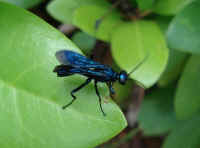
Picture of a
Steel Blue Cricket Hunter
These are a burrowing Wasp that kill green crickets and take them
home to the young. |

Picture of a
Long-bodied Cellar Spider.
Having many spiders usually means you have other bugs since that's
what spiders eat.
|

Picture of a
Long-bodied Cellar Spider
Named for where we see them most. Attics are another favorite place.
|
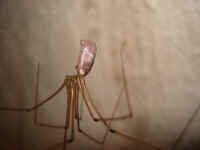
Picture of a
Cellar Spider
If you have a large population you'll start to see them inside your
living areas.
|

Picture of a
Jumping
Spider
(this is one of
many types of Jumping Spiders)
|
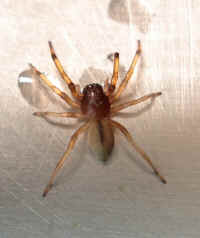
Picture of a
Ground Spider
(one of many types)
|

Picture of a
Spider spinning a web.
|
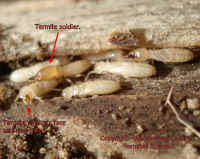
Picture of
Termites in wood close-up.
Termites damage wood real fast because there is so many of them.
Since they damage the wood from the inside you won't see them.
More information about Termites.
|

Picture of
Termite workers eating wood.
More Information on Termites.
|
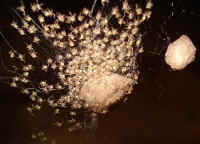
Picture of
Baby Spiders.
|

Picture of a
Spider. |
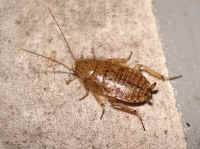
Picture of a
Wood Roach
If you have a lot of trees you are more likely to get these.
|

Picture of a
Field Cricket
|

Picture of a
Cricket with obvious ovipositor.
That's the long pointy thing on the back
that looks like a stinger.
|
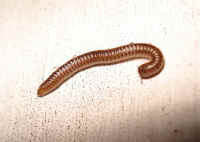
Millipede
They are associated with wet areas and basements. |

Picture of a
Cricket at Night.
Crickets prefer to come out at night to lessen the chances of being
eaten.
|
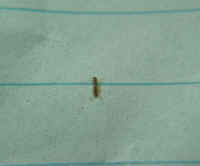
Picture of a
Pharaoh's Ant
Pharaoh ants are really tiny.
|
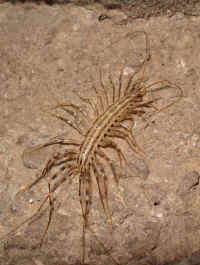
Picture of a
Centipede.
|
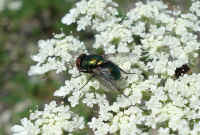
Picture of a
Green Bottle Fly.
|

Picture of
the adult stage of a wood-boring beetle.
There are many kinds
of beetles that resemble this and destroy wood in homes. The larva stage
is a worm that eats the wood from the inside.
|
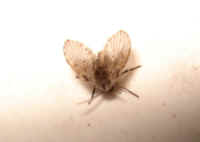
Picture of a
Drain Fly.
Drain Flies are called that because they prefer drain scum and other
wet organic matter.
|

Picture of a
Hump-backed Cricket. Associated with moist, dark areas. |
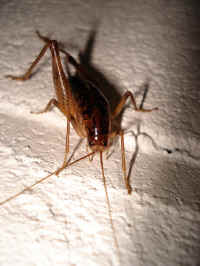
Picture of a
Hump-backed Cricket.
|